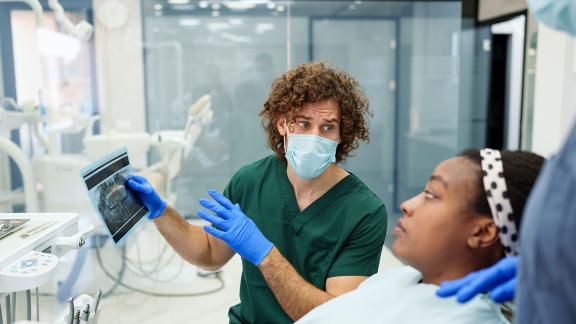Their role and clinical duties are very different to those of a doctor. Like allied health professionals, advanced clinical practitioners, healthcare scientists, and other healthcare roles, PAs and AAs deliver specific and restricted aspects of patient care, increasing the capacity of clinical teams and reducing the workload of other clinicians.
PAs are trained to do clinical duties such as taking medical histories, carrying out physical examinations, and developing and delivering treatment and management plans – tasks that do not require a medical degree but which might otherwise be performed by a doctor, thereby increasing the capacity of the medical team to deliver care to patients.
AAs work within the anaesthetic team under the supervision of a consultant anaesthetist, with responsibilities such as reviewing patients before surgery, initiating and managing medications, administering fluid, and blood therapy during surgery and ensuring there is a plan for patients following their operation. AAs can contribute to reducing operating theatre downtime, leading to more efficient use of operating lists.




